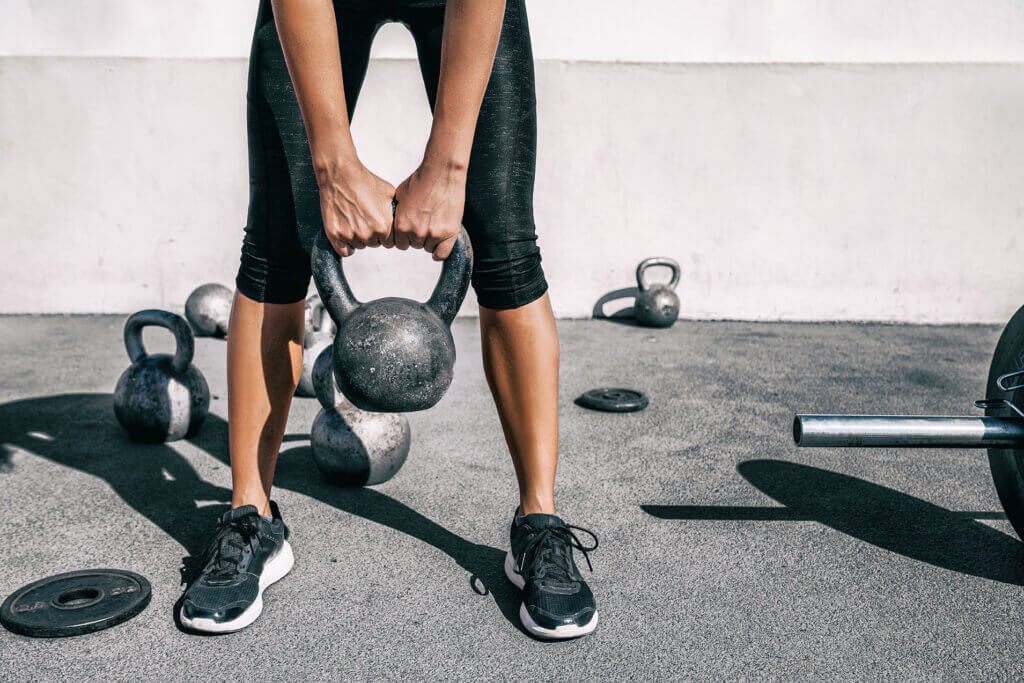The Impact of Resistance Training on Grip Strength
Grip strength, a fundamental component of overall physical health, plays a crucial role in daily activities and has a significant impact on life expectancy and quality of life. Resistance training is a proven method to enhance grip strength, offering numerous benefits across different age groups, particularly in older adults. This article explores the importance of grip strength, its relationship with life expectancy and quality of life, and provides recommendations for starting resistance training. Additionally, it addresses common injuries and illnesses that can affect grip strength.

The importance of grip strength
Grip strength is a measure of the force exerted by the muscles in the hand and forearm. It is an essential aspect of daily functions, from carrying groceries to opening jars, and is a strong indicator of overall muscle strength and endurance.
Research has shown that grip strength is not only a predictor of upper body strength but also correlates with lower body strength and overall functional capacity.
Grip strength and life expectancy
Several studies have demonstrated a strong link between grip strength and life expectancy. Lower grip strength has been associated with a higher risk of mortality, particularly from cardiovascular diseases. A study published in The Lancet found that each 5 kg decrease in grip strength was associated with a 16% increase in the risk of death from any cause, a 17% increase in the risk of cardiovascular death, and a 7% increase in the risk of non-cardiovascular death.
Grip strength serves as a biomarker for aging and overall health. It reflects muscle mass, neuromuscular function, and metabolic health, all of which are critical for longevity. Maintaining or improving grip strength through resistance training can thus contribute to a longer, healthier life.
Grip strength and quality of life
Grip strength is also a crucial determinant of quality of life. Strong grip strength enhances functional independence, allowing individuals to perform daily tasks with ease. It reduces the risk of disability and supports active aging, enabling older adults to maintain a higher level of physical activity and social engagement.
Improved grip strength is associated with better cognitive function and mental health. Physical activities that enhance grip strength, such as resistance training, promote the release of endorphins and other neurochemicals that improve mood and cognitive function. This holistic improvement in physical and mental health significantly contributes to a better quality of life.
Grip strength and falls in older adults
Falls are a major concern for older adults, leading to severe injuries, loss of independence, and increased mortality. Grip strength is a critical factor in preventing falls, as it is closely related to overall muscle strength and balance. Strong grip strength helps in maintaining stability and coordination, reducing the likelihood of falls.
A study published in the Journal of Gerontology highlighted that older adults with higher grip strength had a lower risk of falls. The strength and control required to perform various resistance training exercises can enhance proprioception (the sense of self-movement and body position), further decreasing the risk of falls.
Starting Resistance Training: Top 5 Recommendations
Common Injuries and Illnesses Affecting Grip Strength

Conclusion
Resistance training is a powerful tool for enhancing grip strength, which is pivotal for improving life expectancy and quality of life, especially in older adults. By incorporating resistance training into regular fitness routines, individuals can enjoy a multitude of benefits, including reduced risk of mortality, improved functional independence, and a lower risk of falls. Starting resistance training with professional guidance, focusing on proper form, and gradually increasing intensity can lead to substantial improvements in grip strength and overall health. Additionally, being aware of common conditions that affect grip strength can help in taking preventive measures and seeking timely treatment.
